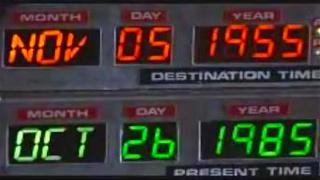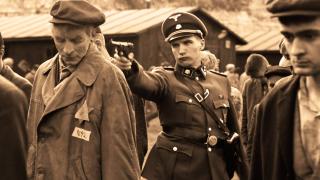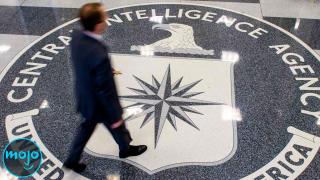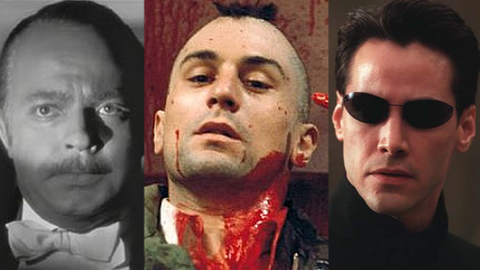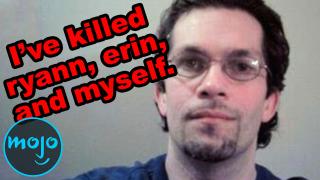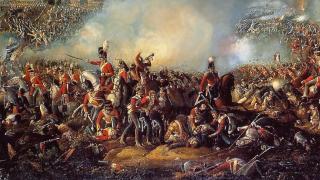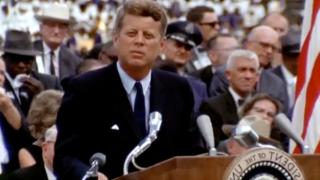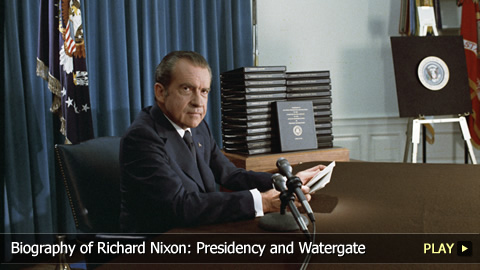Vietnam War: History and Key Dates
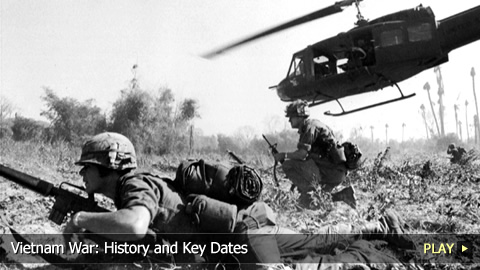
The Cold War
Top 10 Dates That Changed Gaming Forever
As part of the Cold War, the Vietnam War was a struggle against communism, and an effort to limit its expansion.
Two Vietnams
Top 10 Most Important Dates in Fiction
In 1954, Vietnam was split into two zones at the Geneva Conference. In North Vietnam was the Democratic Republic of Vietnam, which was a communist state led by Ho Chi Minh. South Vietnam was non-communist, and its first president was Ngo Dinh Diem.
The Spread of Communism
Top 10 Most Despicable War Crimes in History
By mid-1955, Diem initiated a campaign denouncing communism. Suspected communist activities were punished with jail time and even death. His regime lost popularity, to the point where a significant portion of South Vietnam supported the communists.
The Viet Cong
Top 10 American History Movies
This prompted a guerrilla campaign to pop up in the south in late 1956. Named the National Liberation Front, this movement was more commonly called the Viet Cong. As directed by Ho Chi Minh, they used armed propaganda to fight their battles. This targeted violence was initially aimed at politicians, but grew more widespread in the hopes of unifying the country under one, communist regime.
U.S. Involvement
How Nintendo Created the PlayStation - History of the Sony Playstation, Part 1
In an effort to limit the expansion of communism into neighboring countries, the United States began training forces in the south towards the end of the 1950s.
A Coup to Overthrow Diem
The CIA Helped Overthrow These Foreign Governments...
At this time, with support from the U.S. government, a coup was being discussed to overthrow Diem. However, Diem was executed during the coup on November 2nd, 1963 without approval from the Americans. His death caused the political climate in the south to destabilize, and each new government toppled quickly.
The U.S. Joins the Conflict
Bosnian War - Genocide: History, Key Dates
In August 1964, two alleged attacks on American warships were reported off North Vietnam’s coast in the Gulf of Tonkin. This gave the U.S. the ammunition necessary to get more heavily involved in the conflict. That year, the number of U.S. troops deployed had risen to sixteen thousand five hundred, from only two thousand a few years earlier.
Three Years of Bombing
Top 10 Years in Film History
The war escalated and in March 1965, a series of aerial bombing attacks by U.S. and Vietnamese forces against North Vietnam commenced, and continued for three years. During that period, Operation Rolling Thunder dropped a million tons of missiles, rockets and bombs on the North.
U.S. Ground War Begins
Top 30 Most Influential People in History
With support from the American public, the U.S. ground war also began in March ’65. Three and a half thousand Marines were sent to the South for a defensive mission, and by December that number had risen to two hundred thousand. However, the ARVN forces of the south experienced great losses in a number of battles over the next few months, and morale dropped.
U.S. Must Help End War
Top 20 Bizarre Alternate Theories of History
The United States then decided they must intervene even further in order to win the war. Prior to this, they had insisted it was up to the Vietnamese to end things.
The War in U.S. Media
Top 10 Killers Who Confessed to Their Murders on Social Media
President Lyndon Johnson and his administration tried to spin the war and its progress in the American media by highlighting stories that showed the war’s progression. However, this made the media and the public mistrustful of the government.
The Tet Offensive
Top 10 Battles in History
Things in South Vietnam became more stable by 1967. However, the Tet Offensive proved to the Americans that progress was not, in fact, being made. On January 31st, 1968 the VCs made a surprise attack on the Southern Vietnamese and Americans. They responded quickly and effectively, however the fight raged for months and killed President Johnson’s chances of reelection. By the time he left office, approximately thirty thousand American lives had been lost fighting in Vietnam.
Ken State: U.S. Public Support Plummets
Top 10 Most Powerful Orators in History
When President Richard Nixon entered office in 1969, he began withdrawing troops. The policy called “Vietnamization” was put in place, and was meant to help prepare the ARVNs to take over the battle. Amid even more attacks, U.S. public support plummeted further, especially after the National Guard killed four student protesters at Kent State University. Peace protests became commonplace on American soil by 1972, and the Vietnam War became a central issue in that year’s presidential campaigns.
Nixon Negotiates A Ceasefire
Biography of Richard Nixon: Presidency and Watergate
After Nixon’s reelection, he was able to negotiate an agreement that ended American involvement in the war. Signed January 27th, 1973, the Paris Peace Accords resulted in a ceasefire throughout the country and the release of American prisoners of war.
The Communists Win
Top 30 Most Important Moments in Music History
However, fighting between the Vietnamese states continued until 1975, and the southern communists closed in on the north. On April 30th, 1975, the South Vietnamese capital of Saigon was taken. The war was over and communist governments took over Vietnam, Cambodia and Laos.



